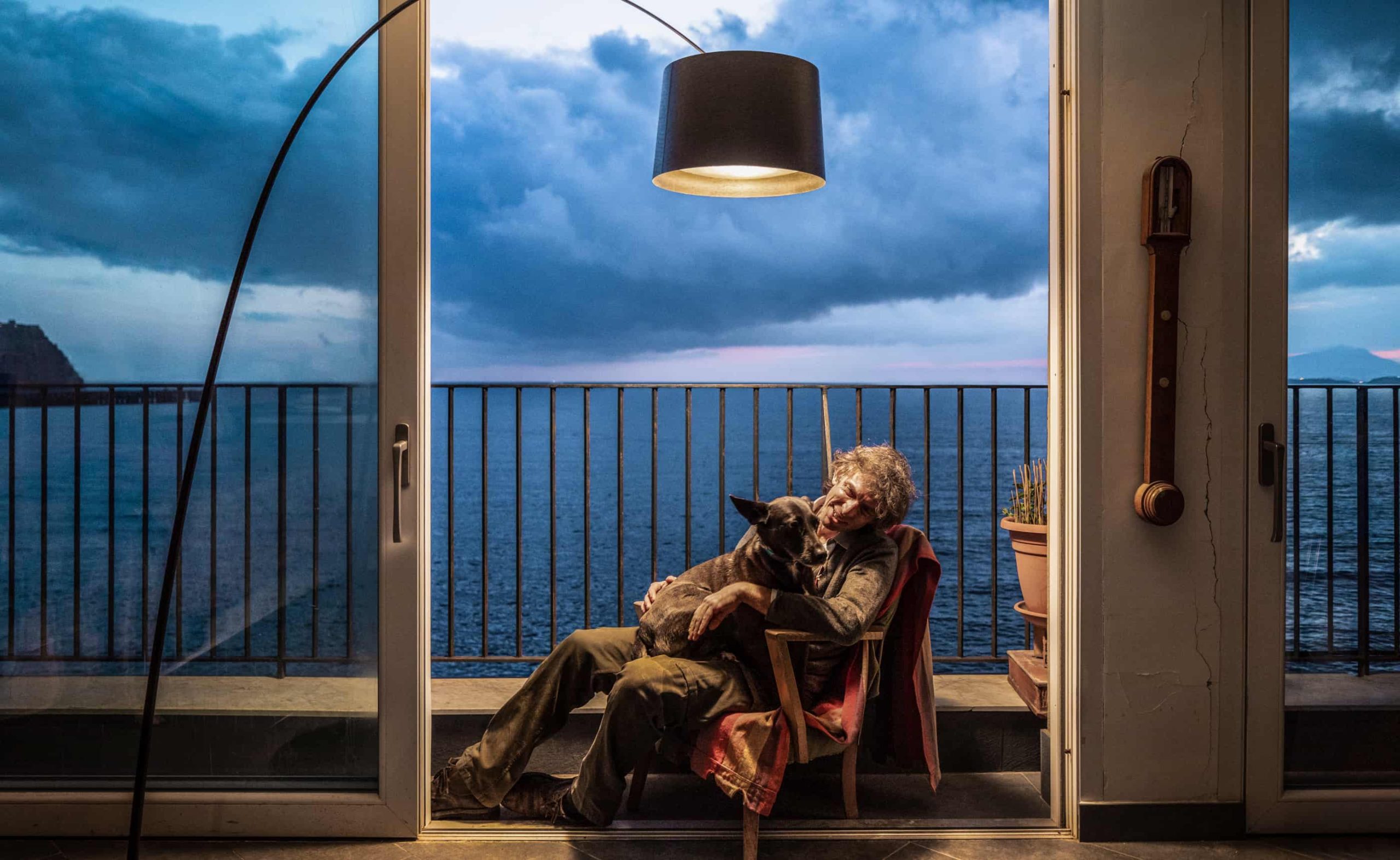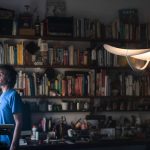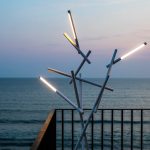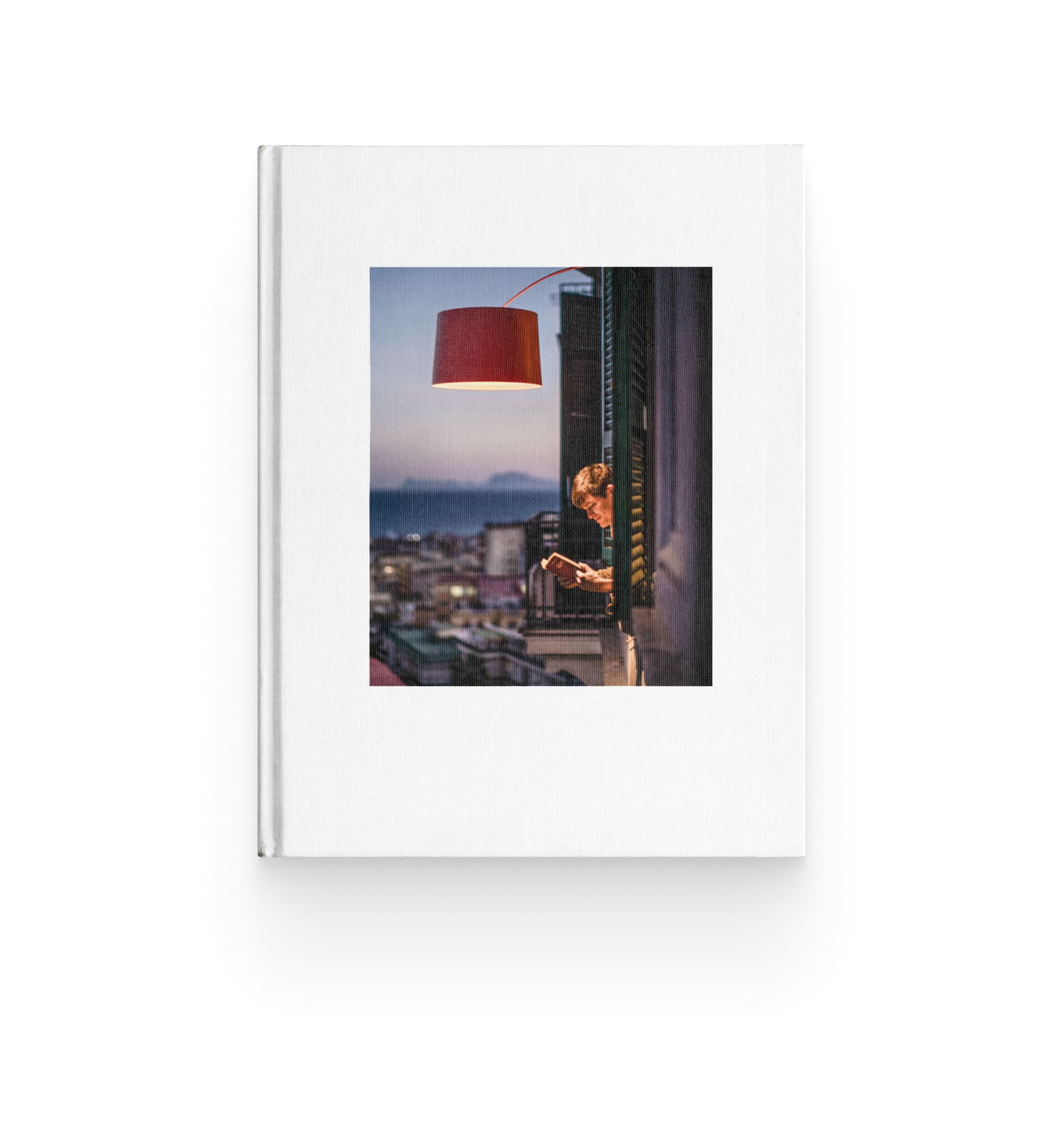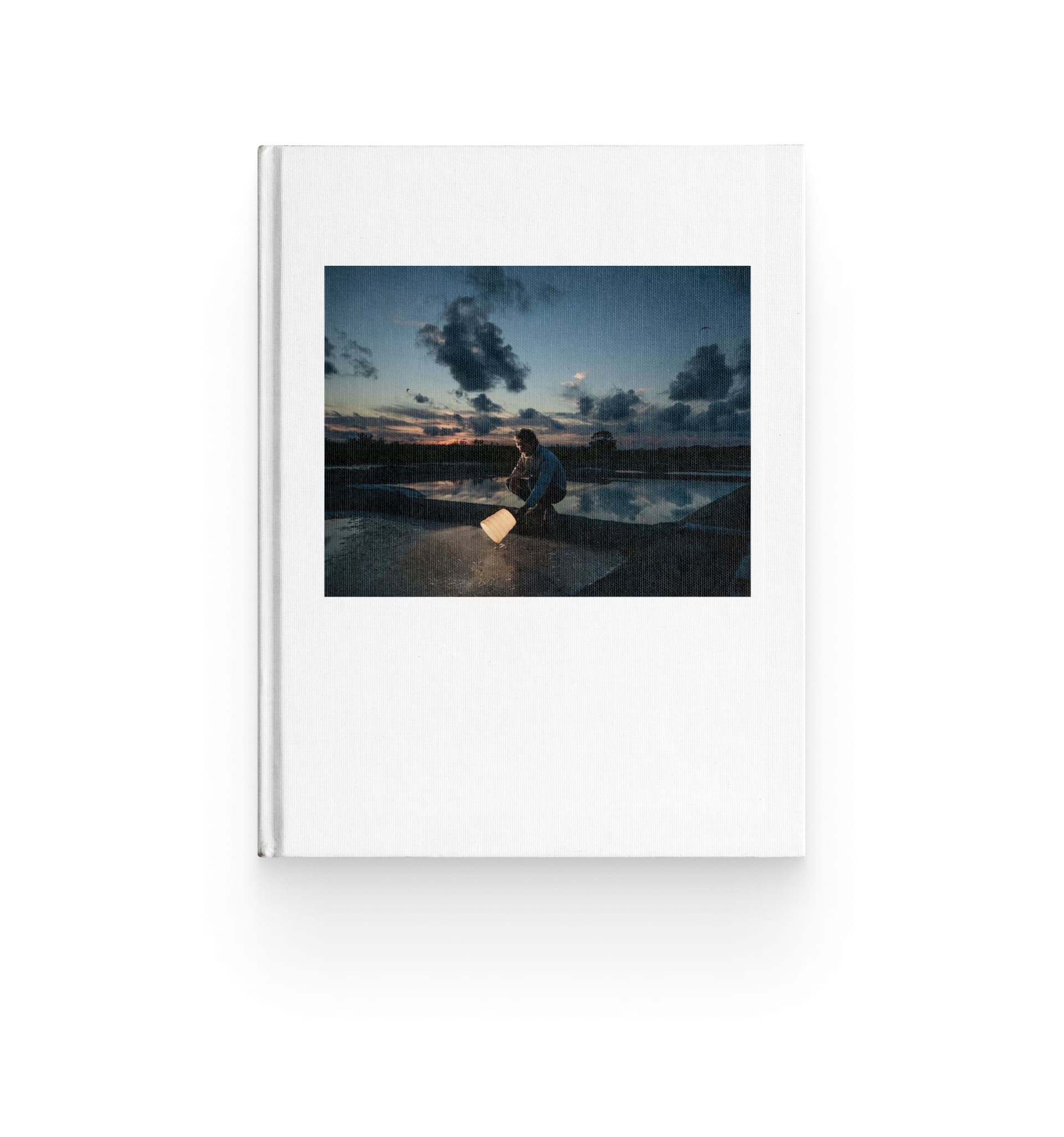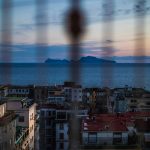
Carlo in Naples– BAGNOLI
A balcony onto the sea
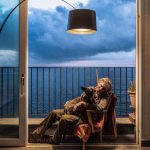
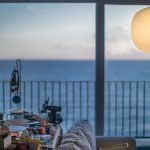
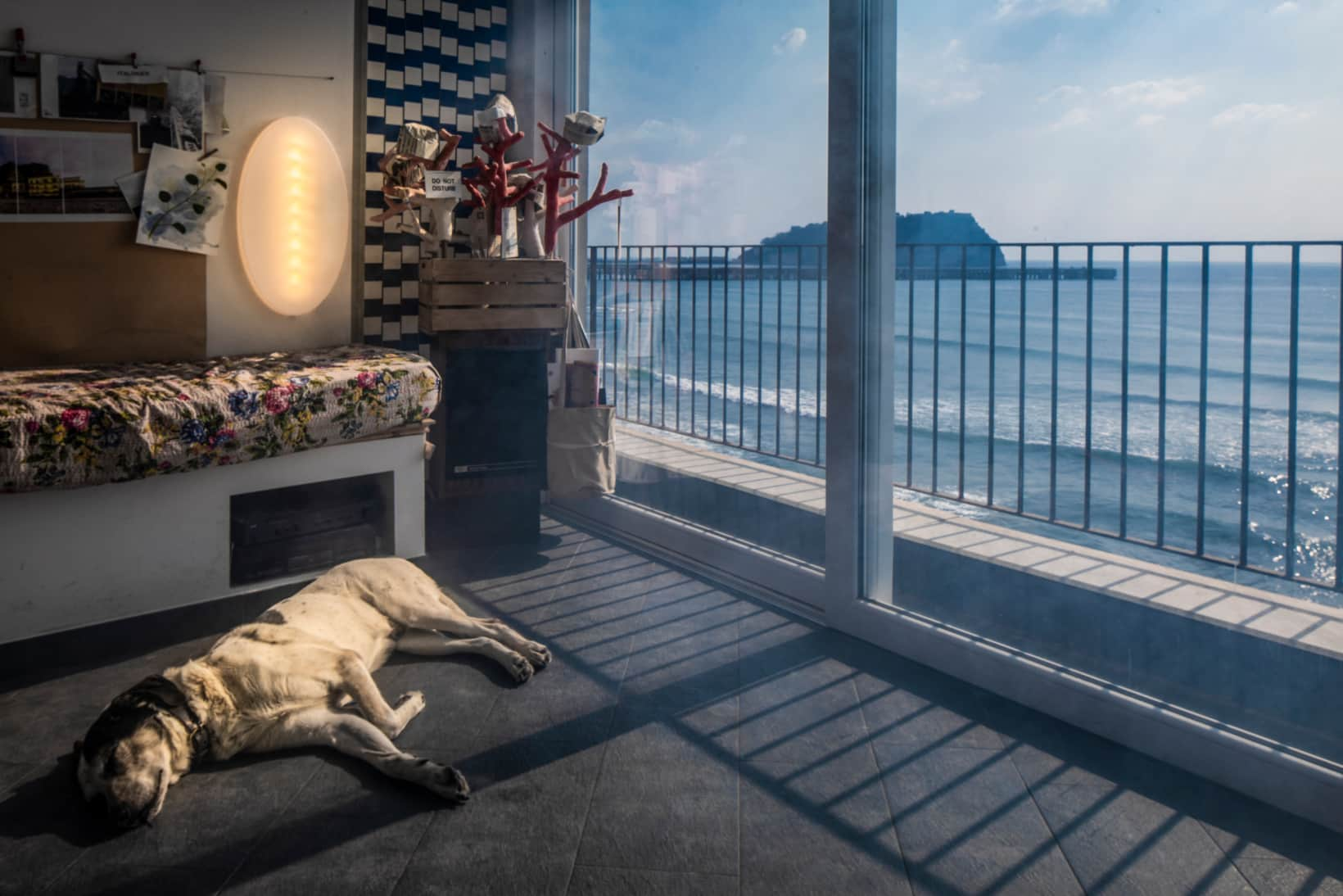
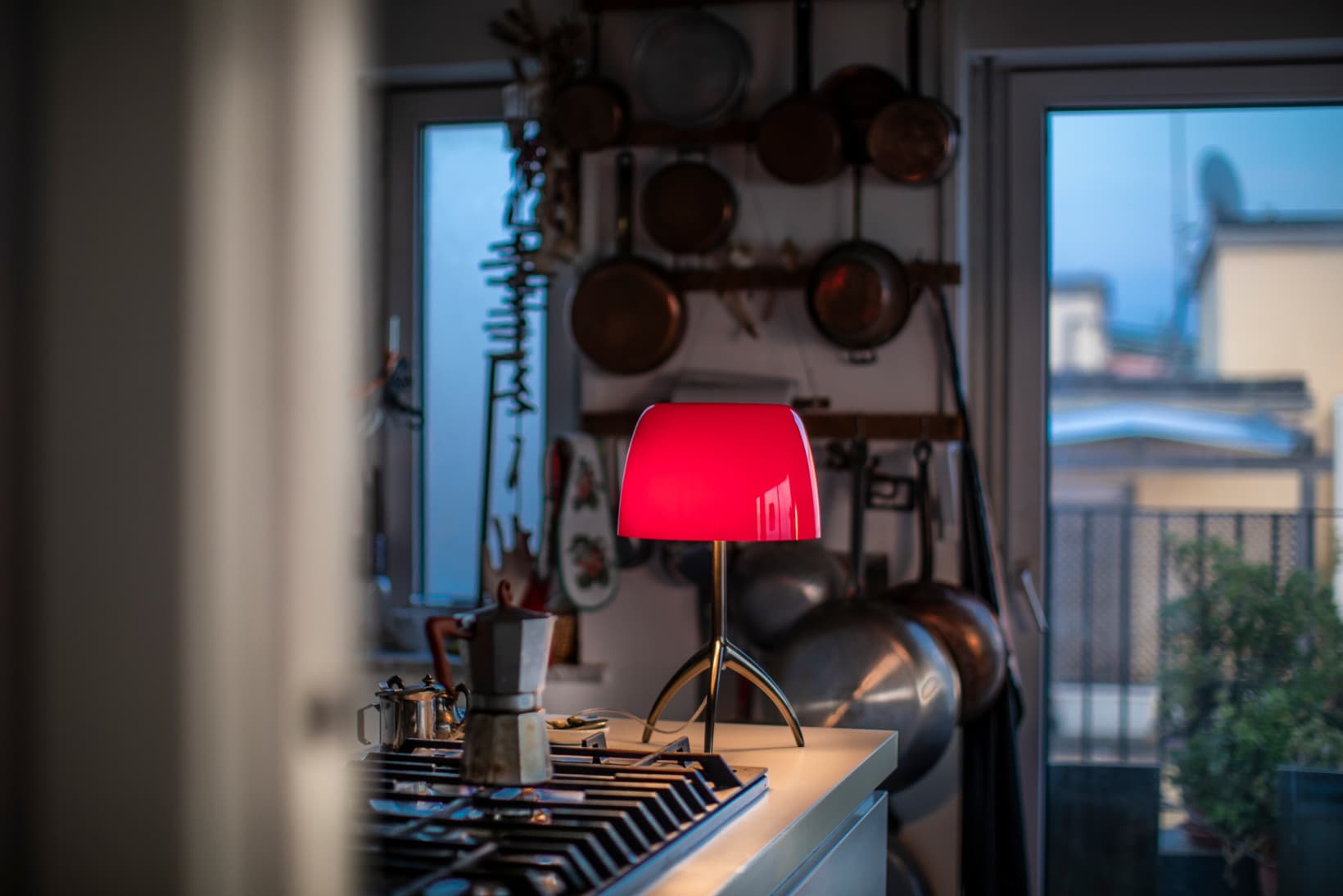
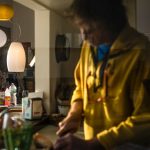
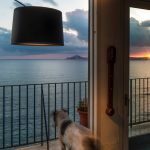
The Magna Grecia of the third millennium
“The ancient Romans always came to Naples to play the Greeks, the wise men, to cultivate idleness and get inspiration from nature. In effect, the nature we have around us here is something powerful. After all, this is where Virgil wrote the Bucolics”. Carlo has two dogs, a degree in business economics, and a long career as a designer and graphic artist for major fashion houses. “I lived and worked in Milan for ten years; it was important for me, because I was able to work with clothing and furniture brands that are the best in the world. Then came the crisis of 2008, and I returned here. Luckily, my great-grandmother had converted an old seaside cabin into an apartment in this city many years ago”. Carlo’s house seems to rest on the water, with the island of Nisida in the background. “I don’t face the street, but directly towards the gulf”. It is located at the Phlegraean Fields, a zone that is no longer precisely Naples, but not yet something else. A zone that humans have done everything they could to destroy – back here you find the sorry remains of the old Italsider industrial complex of Bagnoli – though it is still powerful in terms of landscape and history. We are close to Cuma, the Greek colony that was the settlement most distant from the mother country. At Cuma there is a grotto that is one of the most famous archaeological monuments in the world -it was in the Sibyl’s Cave that Aeneas went to question the oracle about his fate. “The Phlegraean area has always been very rich in natural resources. The House of Bourbon counted sixty-four hot springs. When the workers were digging to make the foundations for this apartment, they had to stop because spring water, at a temperature of 40°C, was coming to the surface; they also found three Roman gold coins. We’re in the heart of Magna Graecia, at Misenum there was the imperial fleet -it was a flourishing, wealthy zone. Ancient Romans came to Naples to ‘play the Greek’, the philosopher, and I believe this attitude has remained to some extent even today. We have always yielded to the conquerors in Naples, while remaining a bit detached, concentrating on our own thoughts, our nature and our history, indifferent to the rules of the new invaders. Which is also an excellent excuse for breaking the rules today”. A house with such a panorama, so strong, so looming, can become a sort of a trap. The home as a mini-world that weakens the temptation of the real world, the street, forays outside. “Houses should all be dens, places where you accumulate the material to rework ideas. I draw, I create; I put intuitions and readings into order -the things I have seen and those that have impressed me. From this standpoint, my home is perfect, but yes, it can also be dangerous. It is so pleasant to be here that sometimes I feel no urge to go out. I live with two dogs and perhaps that gives me balance, because they have to go outside, they require me to be active. Dogs are like a mirror, in some ways; there are moments when you see that they are despondent, and you are roused to do things, almost more for their sake than for yourself”. To draw beauty, to take the dogs for a walk, to recharge and get inspiration from nature: the Magna Graecia of the third millennium.
Two books, three continents, thirteen cities, twenty-five homes.

